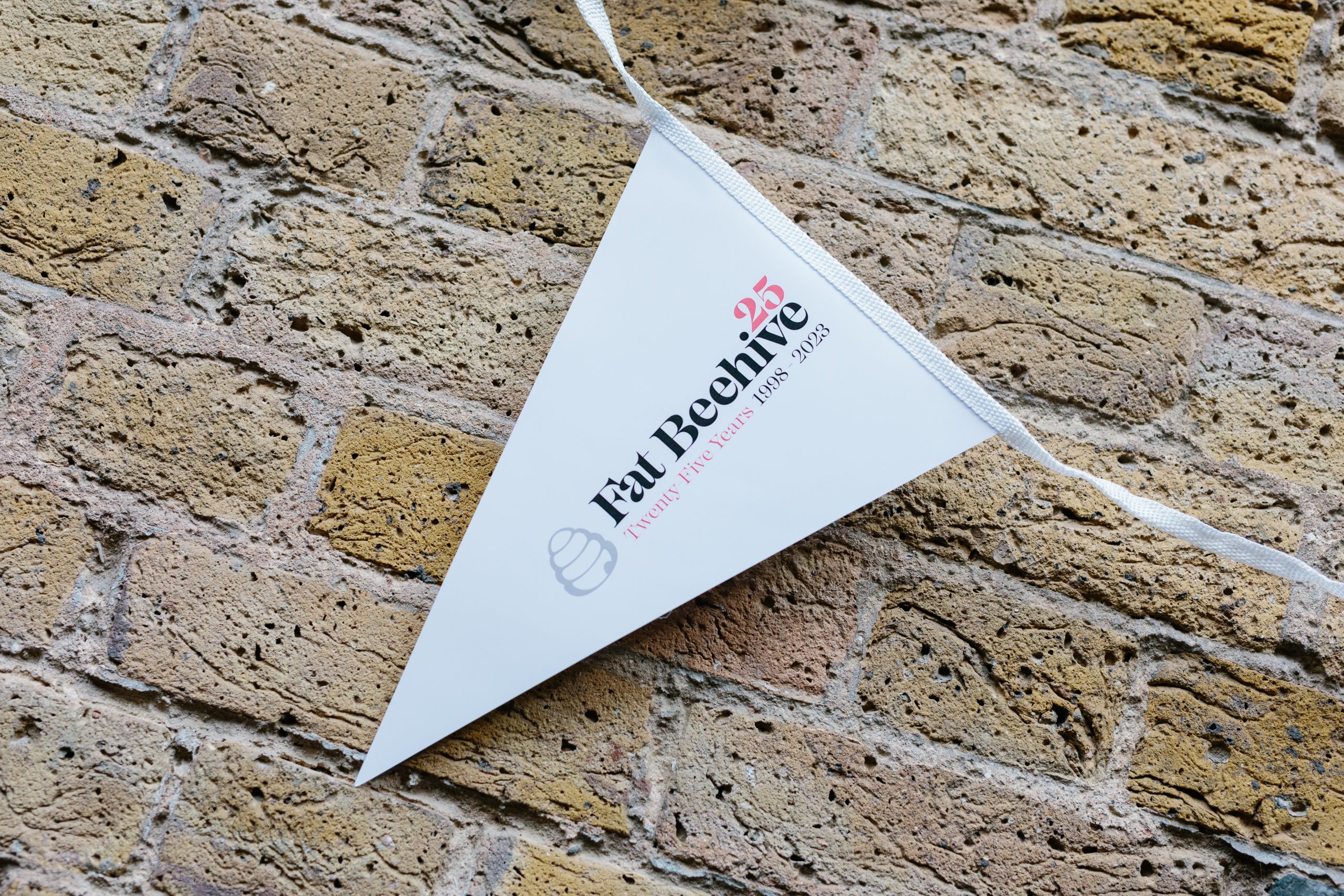If you believe donor fatigue is a thing – and there are those who paint it as charities looking for a scapegoat for weak fundraising – there are two widely accepted causes. Unfortunately for charities, right now we have two at once.
The first one is the abrupt end of the holiday season. Everyone is in the spirit of giving at Christmas, with free-spending on charitable causes just part of the general sense of goodwill. This has a tendency to evaporate in January and February when the Christmas decorations come down and credit card debts need to be repaid.
Making it a perfect storm of donor fatigue is the Australian wildfires. In short, when a big humanitarian or natural disaster strikes, the charities closest to the cause tend to absorb all the good will. Donations through Facebook alone have topped $73,000,000, and that’s just one headline amongst many.
The possible result? A noticeable dip in your donations from previously reliable donors.
These factors are, of course, entirely beyond your control. But if the above describes a phenomenon that you’re noticing at the moment, there may be issues closer to home as well. Two problems that tend to go hand in hand, for example, are donors questioning their impact on the cause they care about, and feeling like nothing more than a cash machine to charities that aim to help.
Warning signs
There are certain warning signs to look out for – some more obvious than others. The most clear cut of these is an overall decline in donations. But while you may see that in overall income, it can also apply to individual donors, so be wary of specific signs.
Email marketing – newsletters or calls for donations – can be a useful ‘canary in the coal mine’ for this. Look out for declining open rates, and low click-throughs – basically the way you would respond to a once-welcome newsletter if you were getting a bit tired of the company sending them out.
And of course, an unsubscribe request is the biggest alarm bell of all. If you can no longer contact your donors, then raising money at urgent times is significantly harder – so what exactly can you do to stop getting to this sorry state?
Seven ways to stop the rot
1. Show genuine gratitude to your donors
A “thank you” message on your donation screen is nice, but in an online world where people are congratulated for registering and thanked for updating their password, it can easily be missed.
While charity is its own reward, it’s still nice to be appreciated. Consider sending a separate thank you email a few days after each donation so that it won’t be seen as the equivalent as a receipt. For really large donations or frequent donors, you may want to consider a physical card. Either way, this should go some way to making your donors feel appreciated.
2. Explain what a donation means
Giving money is abstract. What does £30 mean in the fight against homelessness, or for tree planting efforts?
If you can put a rough estimate on the value of a donation – a hostel room for a night, or ten trees planted – then you not only help your donors visualise the true value they’re providing, but you also may make them consider upping their donation in future if they can see how much more good they can do with a little more cash.
3. Make your payment process smooth
Making payments online isn’t a fun process, and there’s a reason that Amazon has worked so hard on bringing it down to a single click. While you likely don’t have Jeff Bezos’ resources at your fingertips, you can still make the experience as painless as possible.
Nobody will remember a brilliant payment experience, but you can bet they’ll remember the bad ones. So consider A/B testing the process to ensure it’s smooth as possible.
4. Make it easy for repeat donors
Better still: if some of your visitors want to set up a regular donation, then make it simple. Having a repeat payment going out of the account every week, month or year is something that can be ‘set and forget’, which is helpful both to you and them.
But – and this is a big but – don’t neglect the recognition to these repeat customers. In fact, you might want to offer them special recognition as a friend of the charity. You could set aside a page on the website to honour the names of those who sign up for repeat donations – with their permission, obviously.


